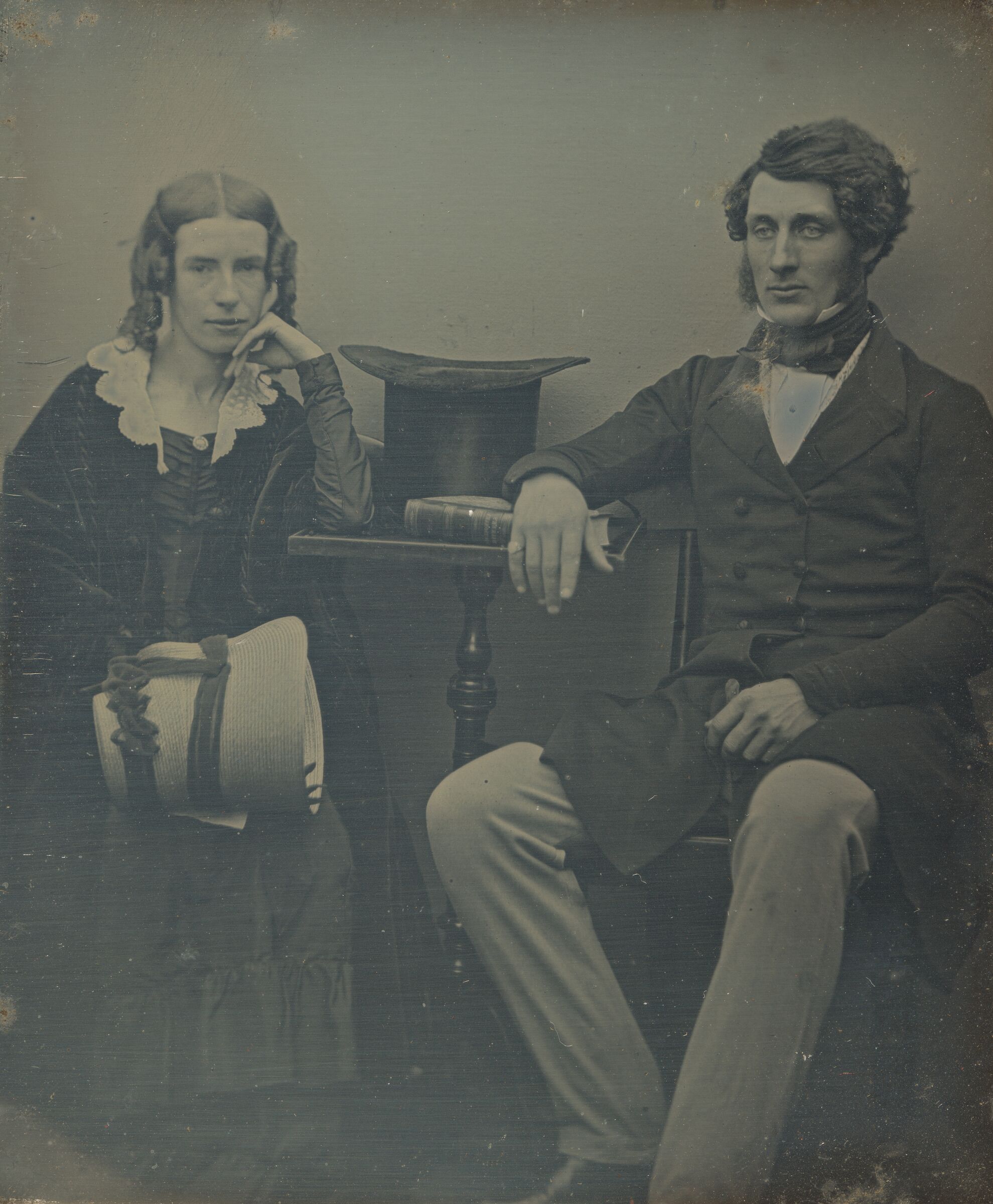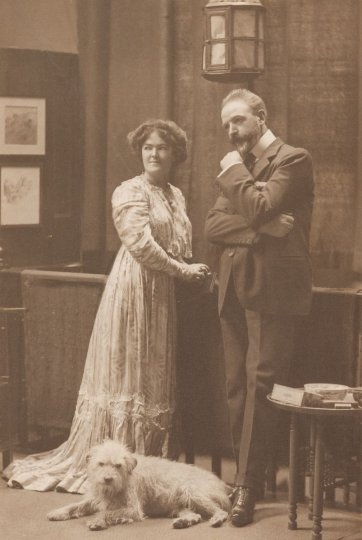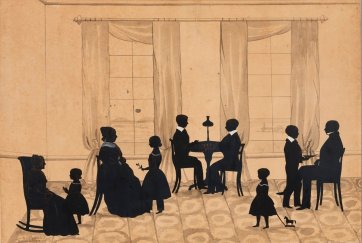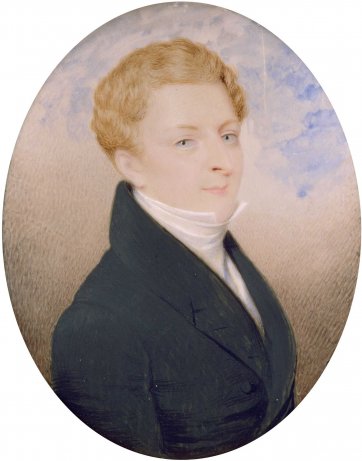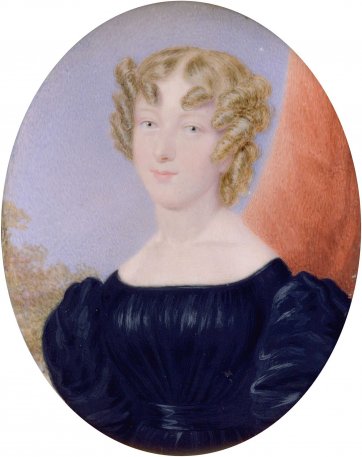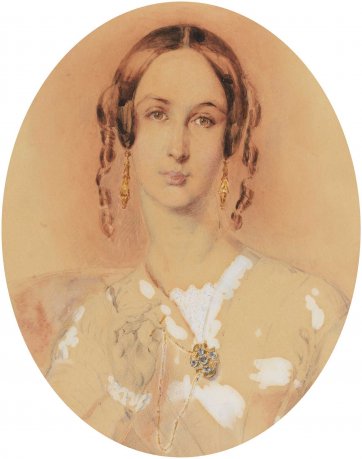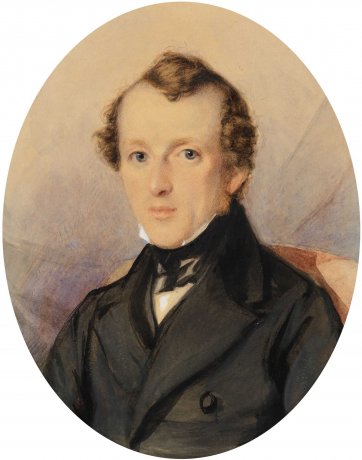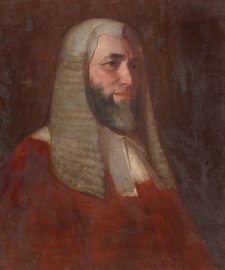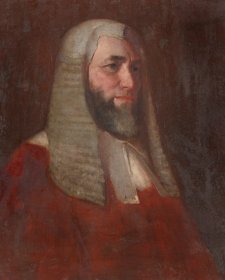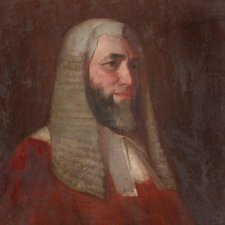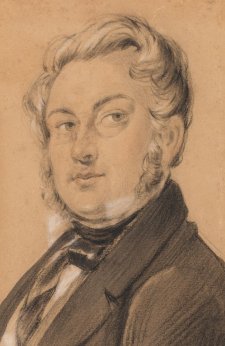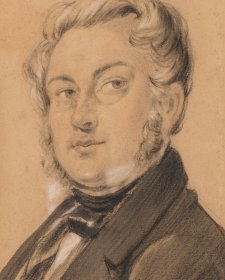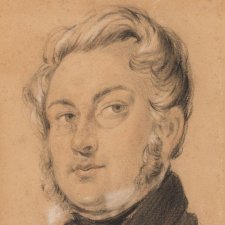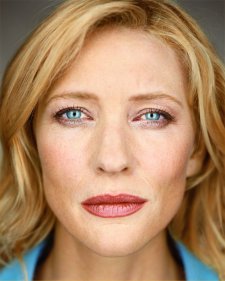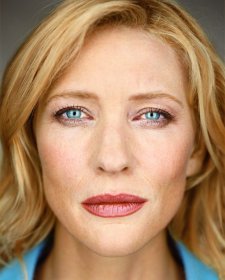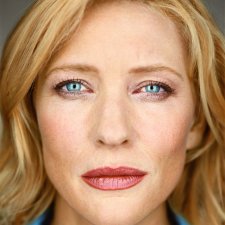Portraiture was the mainstay of the practice of many artists working in Australia during the first decades of the nineteenth century. A growing population, increasing prosperity and the developing confidence of the Australian colonies fuelled demand for art and the commissioning of portraits became the way by which colonists marked their social positions and family connections. Artists thrived, creating portraits in a variety of styles and for a variety of purposes. From the painted portraits made for proud display in fine homes to the informal and affectionate portraits of intimate scale - watercolours, miniatures, silhouettes and drawings - intended as personal mementoes of loved ones and likenesses to send 'Home'. But the popularity of drawn or painted portraits as personal tokens of status and sentiment diminished with the arrival of photography in Australia in the early 1840s. Whereas the first experiments in photography lent themselves only to the depiction of dead specimens or objects arranged in still life, the daguerreotype - the first practical form of photograph - caught attention as a means by which people could see themselves in stark and startling detail. The daguerreotype initiated a revolution in portraiture, the first of many technical developments which, by the 1860s, had made portraits things acquirable by everyone.
Daguerreotypes appealed as novelties, seemingly miraculous for the way they produced, as if by some sort of alchemy, images of alarming accuracy and detail from base elements such as silver, mercury and sunlight. By the reasoning of the times, these were 'truer' likenesses uncompromised by the artifice or fakery of painting: not portraits that were made or created, but 'specimens' which had been 'captured' or 'taken'. In addition to their novelty value, daguerreotypes had the appeal of being slightly more affordable than painted miniatures.
To have a photograph taken was a slow and special and precious process, and a process that people reserved for the preservation of equally precious events. Consequently, many of the earliest surviving Australian photos are portraits as it was with portraits that people typically marked a change in status via events such as marriages or engagements. Portraits had a part to play too in documenting desire and longing, in celebrating love or passion, and in marking family connections. Embedded in these beguiling and intriguing objects are the individual stories of those whose lives reveal much about the conditions applying to marriage and family in the second half of nineteenth century. Husbands & Wives portraits presents a glimpse at these private lives while at the same time traces the impact of photography on the practice of portraiture in Australia.
